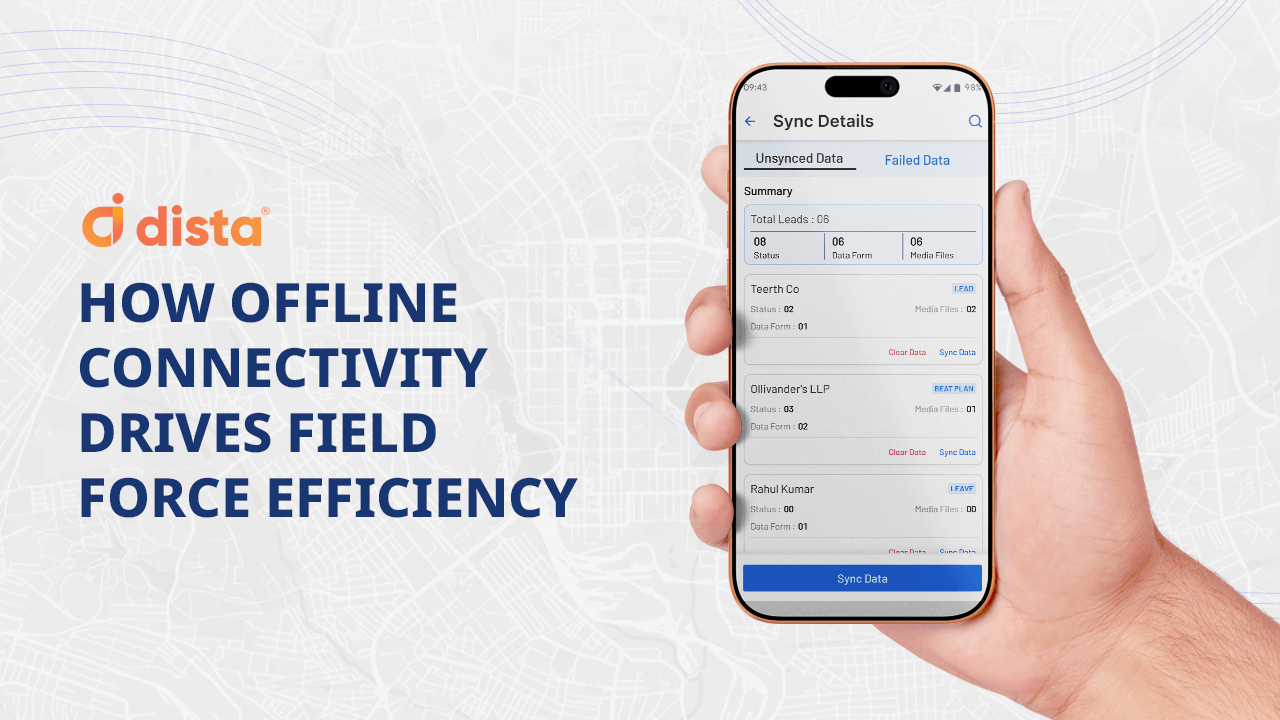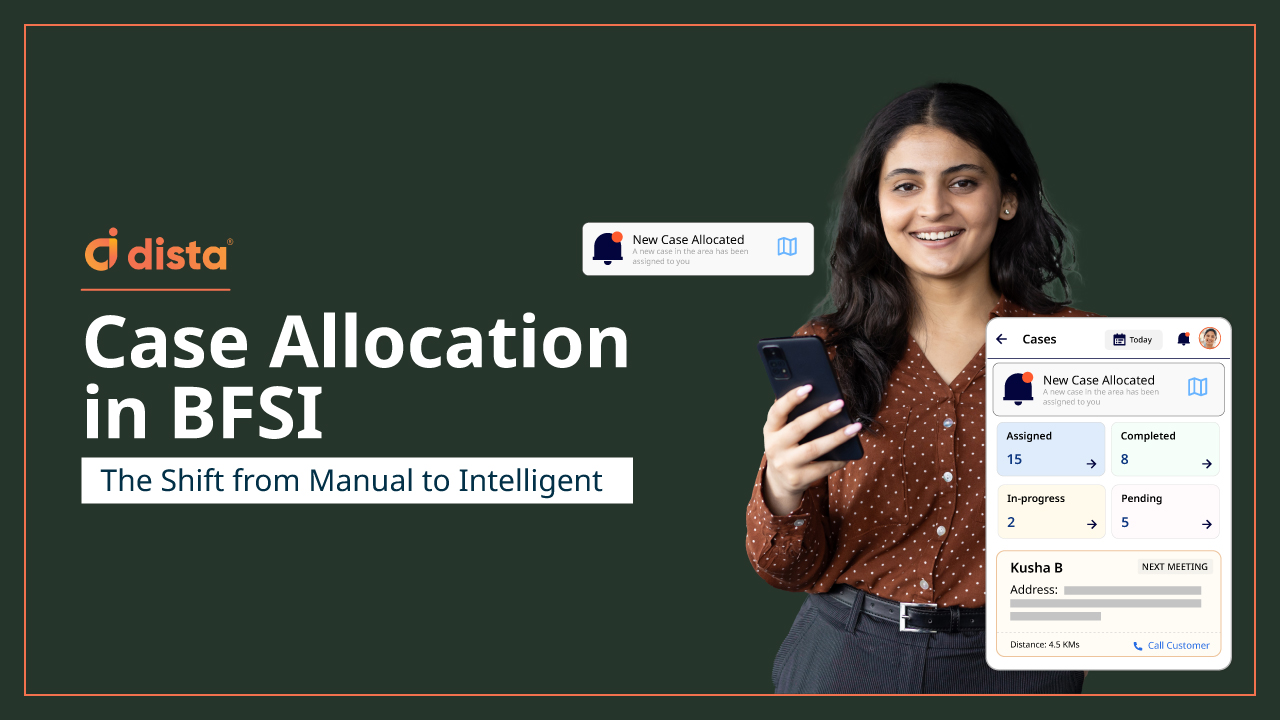Geographic Information Systems (GIS) provide crucial spatial context to business decisions. Over the past few years, GIS has transformed the way businesses understand and utilize location data to make crucial decisions regarding expansion, workforce allocation, field force management, geomarketing, and more.
A recent URISA market survey highlights a sharp rise in GIS applications, including spatial analysis, map development, and data management. With its ability to enhance operational efficiency and streamline decision-making, GIS has become a must-have tool for enterprises aiming to stay ahead of the curve.
For businesses looking to gain a competitive edge, integrating intelligence from GIS is essential. Here’s a look at the top GIS trends expected to shape business strategies in 2025, helping organizations unlock new growth opportunities and improve strategic decision-making.
Also Read: 7 Ways GIS Can Improve Your Business
1. GIS Applications for BFSI
GIS enables financial institutions to identify and segment new markets using location-based data and demographic trends. It helps determine optimal branch and ATM locations, and assess competitor presence to identify underserved areas and high-potential opportunities.
It can also help analyze economic activities and customer behaviors, which in turn helps BFSI leaders pinpoint prospects, cater to specific customer needs, and expand market penetration.
Banks can also leverage geospatial data to map out negative impact areas for better risk assessment with regards to delinquency trends and assess customer credit profiles.
2. Emergence of GeoAI
GIS systems are rapidly evolving with the integration of AI, giving rise to GeoAI— that combines geospatial technology with AI and machine learning (ML) capabilities. GeoAI enables the identification of patterns, prediction of trends, and automation of processes within geospatial datasets, delivering insights that improve decision-making and support real-time problem-solving.
Across industries, GeoAI automates complex spatial data analysis, driving market insights, supply chain optimization, and strategic site selection.
For instance, GeoAI enhances logistics route planning by integrating geospatial data with AI to optimize delivery routes in real-time. It analyzes traffic, road closures, and weather to enable dynamic adjustments, resulting in faster deliveries, reduced fuel consumption, and lower costs.
Similarly, the BFSI sector can utilize GeoAI for advanced risk assessment, identification of untapped markets, and hyper-personalized services through location-based customer profiling.
3. Supply Chain Management
Leveraging GIS tools enables businesses to unlock the full potential of their supply chains. GIS analysis can:
- Provide spatial analysis for site selection
- Enable route optimization and logistics planning
- Improve inventory management with demand forecasting
- Enable risk assessment within supply chain networks
- Improve partner collaboration and stakeholder satisfaction
This helps businesses streamline their last mile deliveries, positively impacting the bottom line.
4. Cloud Computing and GIS
The shift towards cloud-based GIS solutions is rapidly gaining traction as organizations recognize the need for scalable, cost-effective tools to manage and analyze spatial data. The integration further facilitates collaboration among teams – fostering rapid decision-making based on real-time data analysis. Adopting cloud GIS allows organizations to ensure secure, centralized data management in a dynamic, data-driven environment.
5. Internet of Things (IoT) and GIS in Urban Planning
GIS and IoT share a powerful synergy. GIS integrates spatial data with IoT devices that provide spatial context for businesses.
Take smart city planning, for instance. A plethora of interconnected IoT devices can monitor real-time traffic flow. GIS then analyzes this data and enables effective traffic management. IoT devices can also monitor the air quality for a particular location. GIS can then analyze this data to optimize infrastructure to lower carbon footprint.
Final Thoughts
According to a report, the global GIS market is projected to grow from $6.4 billion in 2020 to $13.6 billion by 2027, reflecting the increasing adoption of GIS across industries for decision-making and operational efficiency.
From the above applications it becomes increasingly clear that integrating GIS tools has become more than just a necessity for enterprises looking to gain a competitive advantage. The technology has a transformative impact that enhances business operational efficiency, cost-effectiveness, and helps in delivering superior customer experiences.
Want to know more about how GIS can benefit your business? Get in touch with us now.






